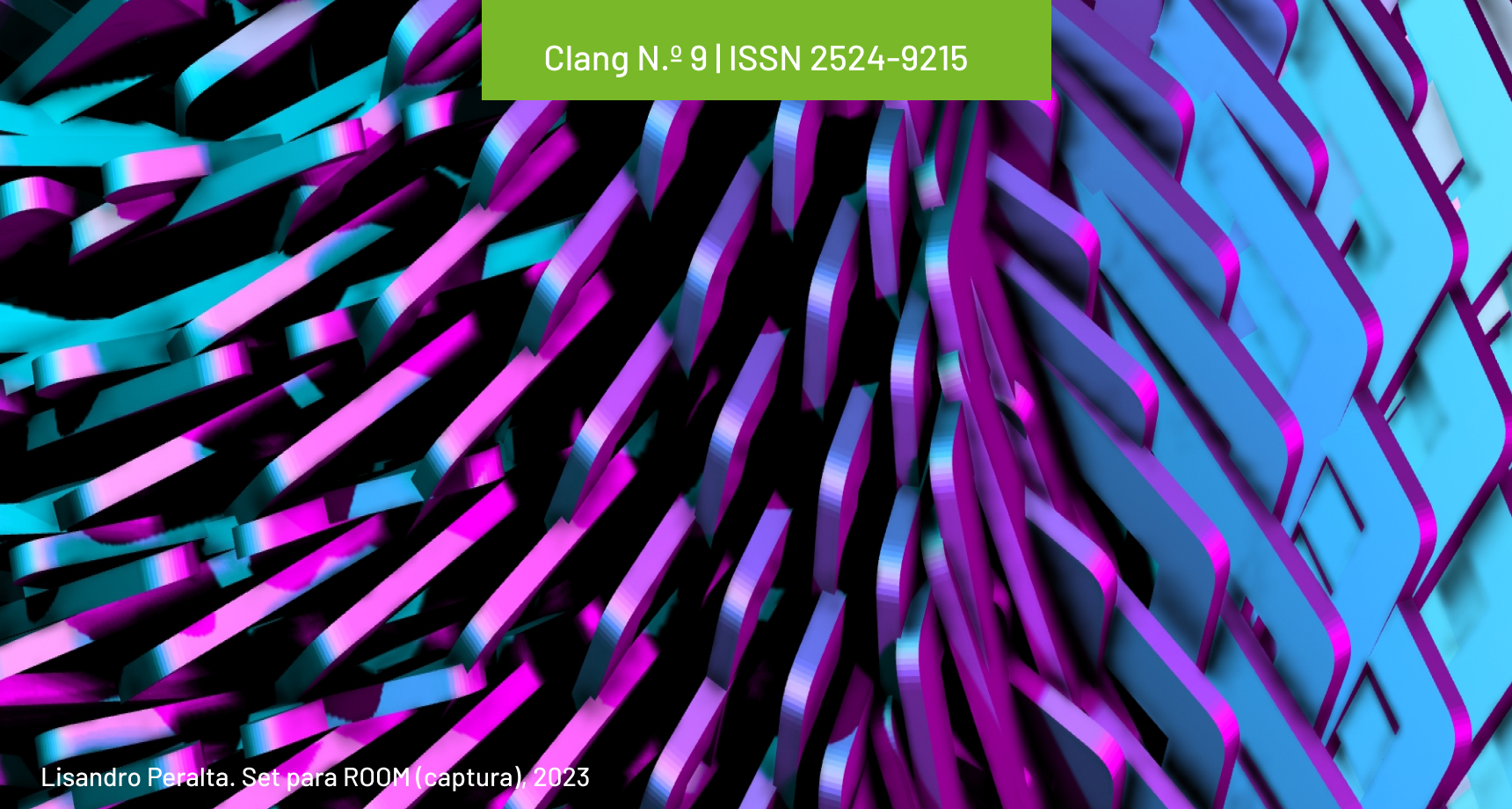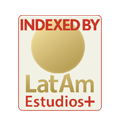Dance in The Sound of Musotto
Sudaka and Eskenazi's Work Entranse
DOI:
https://doi.org/10.24215/25249215e036Keywords:
Ramiro Musotto, Trance, Embodiment, Afro dances, MusicAbstract
This article analyzes Ramiro Musotto’s music as the main source of inspiration for the piece entranSe (2006) by Julieta Eskenazi. It proposes a reading of the musician’s sound universe through the dance and scenic movement presented by the piece. The outstanding compositional elements will be observed, as well as the musical aspects of the choreography and the work’s founding theme: trance. Special emphasis will be placed on the close relationship between the record Sudaka (Musotto, 2003) and the proposal of entranSe.Downloads
References
Barthes, R. (1994). La aventura semiológica. Planeta.
Bourdieu, P. (2007). El sentido práctico. Siglo XXI Editores.
Citro, S. (2009). Cuerpos significantes. Travesías de una etnografía dialéctica. Editorial Biblos.
Citro, S, y Aschieri, P. (2015). El cuerpo, modelo para (re)armar: Cartografía de imágenes y experiencias en los consumos urbanos. En: L. A. Quevedo (comp.), La cultura argentina de hoy. Tendencias! (pp. 319-344) Siglo XXI.
Corti, B. (marzo de 2022). El complejo artístico Ritmos de Candomblé-Danzas Afro en Buenos Aires. Derivas para un análisis de su discurso sonoro y performático en la transdisciplina y la interculturalidad. [Objeto de coloquio]. Coloquio Internacional de Musicología de Casa de las Américas, La Habana, Cuba.
Corti, B. y Mellid, L. (septiembre de 2022). Civilização & barbarye. La intersección de lo contrapuesto según Ramiro Musotto. Actas del XV Congreso de la Asociación Internacional para el Estudio de la Música Popular (IASPM-AL), Valparaíso, Chile. [En prensa].
Csordas, T. (2015). Embodiment: agencia, diferencia sexual y padecimiento. En: S. Citro, J. Bizerril, y Y. Mennelli, (Comps.) Cuerpos y corporalidades en las culturas de las Américas (pp. 17-42). Editorial Biblos.
Gamaleri, M. (2019). Danza Afro: nuevas identidades y resistencias en Buenos Aires contemporánea. [Tesis de licenciatura, Carrera de Ciencias de la Comunicación, Facultad de Ciencias Sociales, Universidad de Buenos Aires].
Musotto, R. (2003). Sudaka [CD]. Los años Luz disco.
Peirce, Ch. S. (2014). La ciencia de la semiótica. Nueva Visión.
Picarel, P. (2009). Contando lo afro de otra manera. Quilombo! arte y cultura afro, (48). http://revistaquilombo.online/numeros-viejos/#48
Picarel, P. (2010). Tan lejos, tan cerca. Quilombo! arte y cultura afro, (57). http://revistaquilombo.online/numeros-viejos/#57
Picarel, P. (2021) Significaciones de las danzas afro en Buenos Aires. [Tesis de licenciatura, Carrera de Ciencias de la Comunicación, Facultad de Ciencias Sociales, Universidad de Buenos Aires].
Rozo López, B. (2022). Aliento y reversibilidad. Reflexiones sobre sonidos y músicas desde experiencias consustanciales con la abuelita Ayahuasca. Contrapunto. Revista de musicología del Programa de Licenciatura en Música (2), 160-211.
Verger, P. (2002) Orixás. Deuses iorubás na África e no Novo Mundo. Corrupio edições.
Downloads
Published
How to Cite
Issue
Section
License

This work is licensed under a Creative Commons Attribution-NonCommercial-ShareAlike 4.0 International License.
The acceptance of the manuscript by the magazine means the non-exclusive cession of the property rights of the authors in favour of the editor, who allows the reuse, after publication (post print), under a license Attribution-NonCommercial-NoDerivatives 4.0 International.
According to these terms, the material can be copied and redistributed by any means or in any format as long as a) the author and original source of the publication are quoted (magazine and URL of the work), access to the license is provided and whether changes have been made is mentioned; and b) the material is not used for commercial purposes.
The cession of non-exclusive rights means that after the publication (post print) in Clang the authors can publish their work in any language, means and format; in such cases it must be mentioned that the material was originally published in this magazine. Such cession also means the authorization of the authors for the work to be collected by SEDICI, the institutional archive of the Universidad Nacional de La Plata, and to be spread in the databases that the editorial team considers appropriate to increase the visibility of the publication and its authors.
Moreover, the magazine encourages the authors to deposit their productions in other institutional and thematic archives under the principle that offering the society the scientific and academic production without any restrictions contributes to a greater exchange of the global knowledge.












 </a >
</a >












